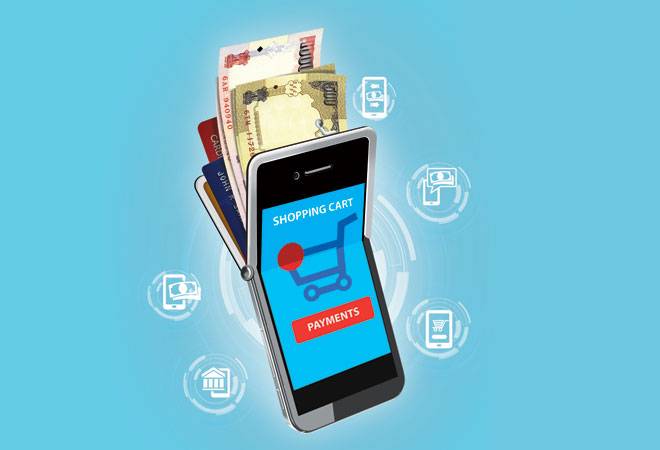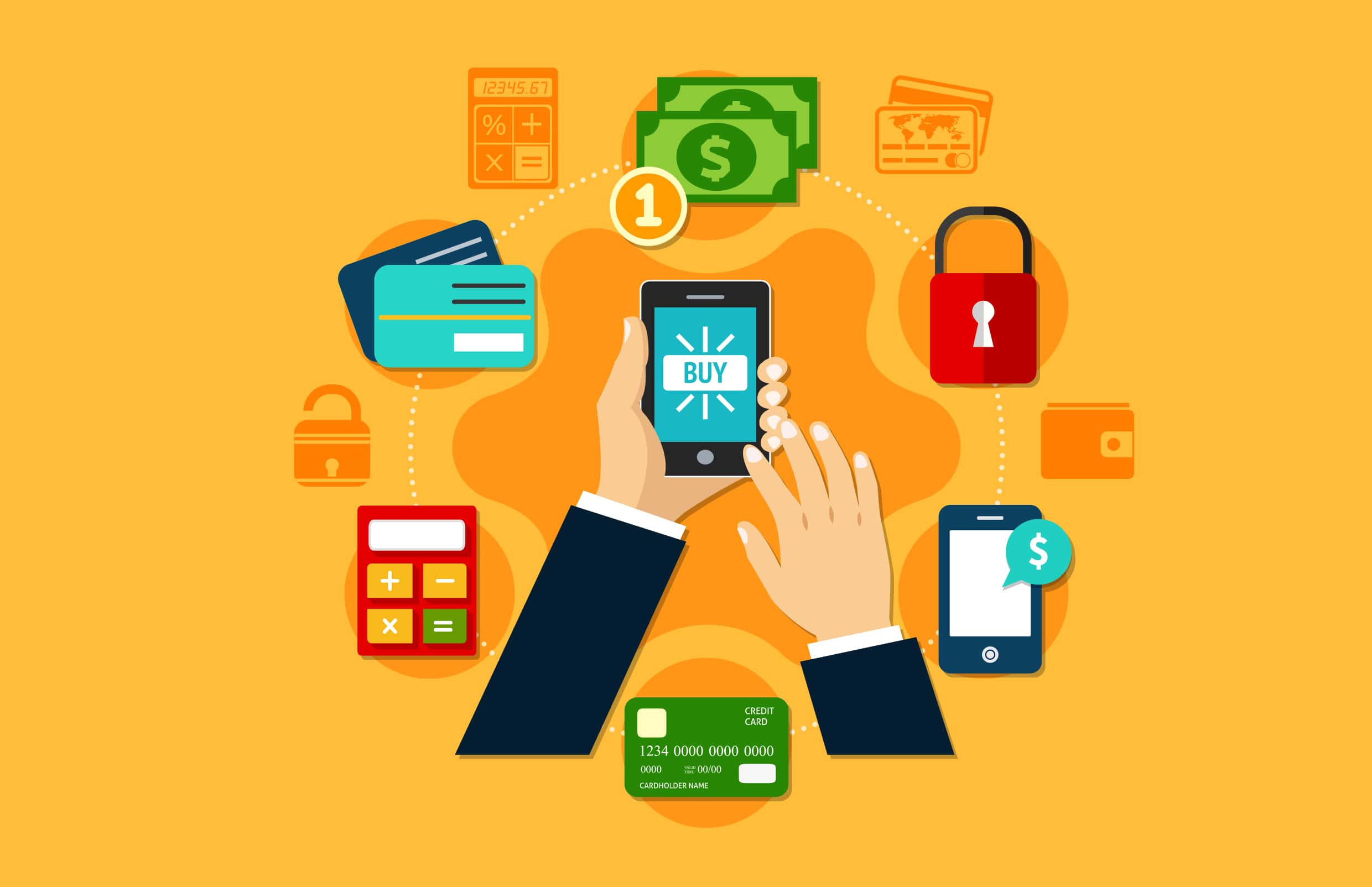Secure Mobile Wallets: Top Tips to Protect Your Digital Cash
Let’s cut to the chase – your mobile wallet is a treasure trove for cyber thugs. With cash going digital, it’s high time to amp up your wallet’s defense. Best practices for secure mobile wallets aren’t just fancy tech talk; they’re your digital armor. Think of them as your personal team of bodyguards, working non-stop to hold the fort while you enjoy your coffee and online shopping sprees. Want to outsmart sneaky scammers and tech tricksters? Keep on reading and I’ll show you how to lock down your virtual vault, dollar by dollar.
Understanding Mobile Wallet Security Landscape
Recognizing Common Mobile Wallet Cyber Threats
Let’s talk about keeping your digital cash safe. Have you ever thought about the bad guys trying to snatch your money from your mobile wallet? They are out there, and they’ve got tricks up their sleeves. You must know these tricks to keep your cash safe.
What are these threats? Well, think of malware – bad software that sneaks onto your phone. It grabs your wallet’s info: your credit card numbers, passwords, even the secret answers to your security questions. Nasty, right? Hackers can also make fake wallets to trick you into giving your details away. They give it a name that sounds safe but it’s not.
How do you stop them? One power move is using good security features. Always choose a wallet that asks for your face or fingerprint. That’s called biometric verification. It sounds fancy but it just means using your unique bits like fingerprints, to keep thieves out.
Prevalent Mobile Wallet Scams and How to Avoid Them
Scams can be sneaky. One common trick is phishing. This is when bad folks send you a message that looks real but it’s a trick to get your info. It might say, ‘Alert! Your wallet account is locked!’ Then they ask for your password to fix it. Don’t fall for it. No real wallet company ever asks for your password in a message.
Sometimes, you’ll see too-good-to-be-true offers that say, ‘Click here for free money!’ Sounds great but it’s just bait. They want you to click and then, zap – they steal your info.
So, how do keep clear of scams? Remember these tips. Always check messages and offers carefully. If it smells phishy, it probably is. Only download wallet apps from places you trust, like your phone’s app store or the wallet’s real website. Never share your password or pin, ever. Even if someone says they’re from the wallet company. Not even on the phone. Real wallet helpers don’t need your password.
Always check that the website’s address is correct before you type in any bank or wallet info. And those offers? If they promise free cash, just walk away. Nothing good comes without a catch. If you stick to these rules, your digital cash will be a whole lot safer.
Enforcing Strong Security Protocols for Your Mobile Wallet
The Role of Multifactor Authentication and Two-step Verification
Locking your door keeps your house safe, right? Think of multifactor authentication (MFA) as your mobile wallet’s deadbolt. It’s a must for keeping digital cash secure. MFA asks for two or more proofs of your identity when you log in. This combo of info can block hackers, even if they trick you out of one password.
Picture this: To buy a game, your wallet app might ask for your password and then send a code to your phone. You enter both to prove it’s really you wanting that game. Even if someone knows your password, they need your phone for the second step. This two-step trick stops unwanted guests from crashing your digital party.
Regular Updates and Password Strength Reinforcement
Like a race car needing fixes to stay fast, your wallet app needs updating to stay safe. Each update can shield you from new threats. Always say ‘Yes!’ when your phone asks to update your wallet app. It’s like adding armor to protect your digital gold.
Guess what’s easy to hack? Weak passwords. They’re like using a paper lock. A strong password has numbers, symbols, and both small and large letters. No real words or easy clues like your birthday, okay? Mix it all up. Picture a fruit salad with every kind of fruit – that’s your strong password.
Think of all this as your secret code to keeping sneaky thieves away from your digital money. Follow these rules for solid gold wallet security!
The Technicalities of Protecting Your Digital Currency
Encryption Methods in Mobile Payment Security
Let’s dive into keeping your digital cash safe. You might ask, “What keeps my mobile wallet secure?” One word: encryption. This is how your data turns into secret codes. Hackers can’t read these codes. Simple, right? Now, mobile wallets use fancy math to mix up your details. This happens every time you pay or get money. We call it ‘on-the-fly’ encryption.
Mobile payment encryption methods are keys to your wallet’s safety. For example, think of your card number. It changes into a code that only the payment system can read. Each time, it’s a new code. This means even if someone gets the code, it’s useless next time.
NFC, Biometric Verification, and Their Impact on E-Wallet Safety
Now, what about tapping to pay? That’s NFC, or Near Field Communication. It lets devices talk when they’re close. Again, encryption makes sure snoops can’t listen. NFC wallet security uses short ranges on purpose. So, a thief must be super close to eavesdrop, and that’s hard without you noticing.
“But how do I prove it’s really me paying?” Here’s where biometrics come in. Things like your fingerprint, your face, or even how you talk. They’re unique to you. So, using them adds a tough layer to climb for crooks.
Biometric verification for e-wallets matches these ‘signs’ to unlock your cash. Also, if you lose your phone, a thief can’t pay as you. They’re not you!
Sophisticated tech keeps your spends safe. Understanding these tools helps you see the invisible guards at work. And they do work hard, behind the scenes, every time you tap, click, or swipe.
Practical Measures for Mobile Wallet Users
Creating and Maintaining a Mobile Wallet Safety Checklist
Let’s dig into keeping your digital cash snug as a bug. First off, draft up a mobile wallet safety checklist. This list is like your treasure map to digital safety. Start by picking a trusted mobile wallet app. Check the app’s rating and reviews. Make sure it’s from a known vendor. Always keep it updated to the latest version. This helps slam the door on hackers.
Next, set up strong passwords for e-wallets. Combine letters, numbers, and special characters. You’ll want it tricky like a riddle. Swap out passwords every few months or so. This keeps things fresh and tough for sneaky snoops.
Turn on two-step verification for mobile wallets, too. It’s like adding a secret handshake to get into your money fortress. Here’s the deal: when you log in, you’ll need your password and a unique code sent to your phone. Super secure.
Another tip is to tweak your mobile wallet privacy settings. You decide what info you share and with whom. Keep your wallet as private as your diary.
Lastly, don’t dilly-dally on these safety steps. Make them a habit. Check your list often to keep your digital dough out of the wrong hands.
Adopting Secure Online Spending Habits and Anti-Malware Practices
Now, let’s talk shopping smart with your smartphone. When paying online, connect to a secure network. You wouldn’t trust a stranger with your wallet, would you? Same goes for shady Wi-Fi. If it isn’t safe and sound, steer clear.
Use known websites when you tap to buy. If a deal feels too good to be true, it probably is. This helps you dodge those pesky mobile wallet scams.
Install anti-malware for mobile wallets, too. This software is like a bodyguard for your phone. It fights off nasty bugs that try to creep in and swipe your swag.
Biometric verification for e-wallets? Yes, please! Use your fingerprint or face to lock and unlock your digital cash box. It’s personal and pretty darn hard to fake.
And don’t forget the basics like keeping an eye on your accounts. Spot something fishy? Report it pronto.
Wrapping it up, the key is to be aware and take action. Avoid sharing card details on a call or text. If someone asks, just say no. Keep your payment app locked when not in use. And if your phone ever wanders off without you, have a plan to lock it down fast.
Following these tips might seem like homework at first. But it pays off by keeping your mobile wallet more secure than a duck on water. Plus, you’ll feel like a sharp cookie every time you tap to pay. So, checklist in hand, two-step verification on. You’re good to go and your digital cash is locked up tight.
Wrapping up, we dove into mobile wallet safety. We spotted common cyber threats and scams. You learned how to steer clear of these tricks. Strong passwords, updates, and two-factor auth are key. Keep your cash in check with top-notch encryption and tech like NFC and biometrics.
Let’s be real: staying safe with digital cash is a must. Use checklists. Form smart spending habits. Protect your info like a boss. Be cautious, be smart, and keep your cash locked up tight. Your mobile wallet can be a fortress, only if you build it right. Stay secure and spend wisely!
Q&A :
What are the top security measures I should take with my mobile wallet?
Ensuring the security of your mobile wallet involves a combination of best practices aimed at protecting your sensitive information. Setting strong, unique passwords, enabling two-factor authentication, regularly updating your wallet app, and only using secure and private Wi-Fi connections for transactions are foundational steps. It’s also crucial to be vigilant against phishing attacks by not clicking on suspect links or sharing your credentials.
How can I keep my mobile wallet safe on public Wi-Fi?
To maintain the security of your mobile wallet on public Wi-Fi, it’s recommended to use a VPN (Virtual Private Network) to encrypt your connection, thus preventing others on the same network from intercepting your data. Additionally, avoid performing transactions or accessing your wallet on public networks if possible, and always keep your device’s security software updated.
Are mobile wallets more secure than physical wallets?
Mobile wallets are considered to have several security advantages over physical wallets, such as employing encryption for storing your card details, the ability to remotely lock or wipe your wallet if your phone is lost or stolen, and the requirement of a password or biometric authentication to access the wallet. Furthermore, each transaction uses a unique token, reducing the risk of card skimming and fraud.
What should I do if my mobile wallet is compromised?
If you suspect that your mobile wallet has been compromised, act quickly by notifying your bank or the wallet provider to secure your accounts and prevent any unauthorized transactions. Change your passwords and review recent transactions for any irregularities. Consider installing security software to scan for malware, and monitor your credit reports to catch any potential identity theft early on.
Can a mobile wallet be hacked, and how can I prevent it?
Yes, like any digital tool, a mobile wallet can be hacked, especially if adequate security measures are not in place. To prevent hacking, use complex and unique passwords, activate fingerprint or facial recognition features, keep your wallet app and phone’s operating system up to date, and be cautious about the apps you download and the links you click on to avoid phishing and malware.
